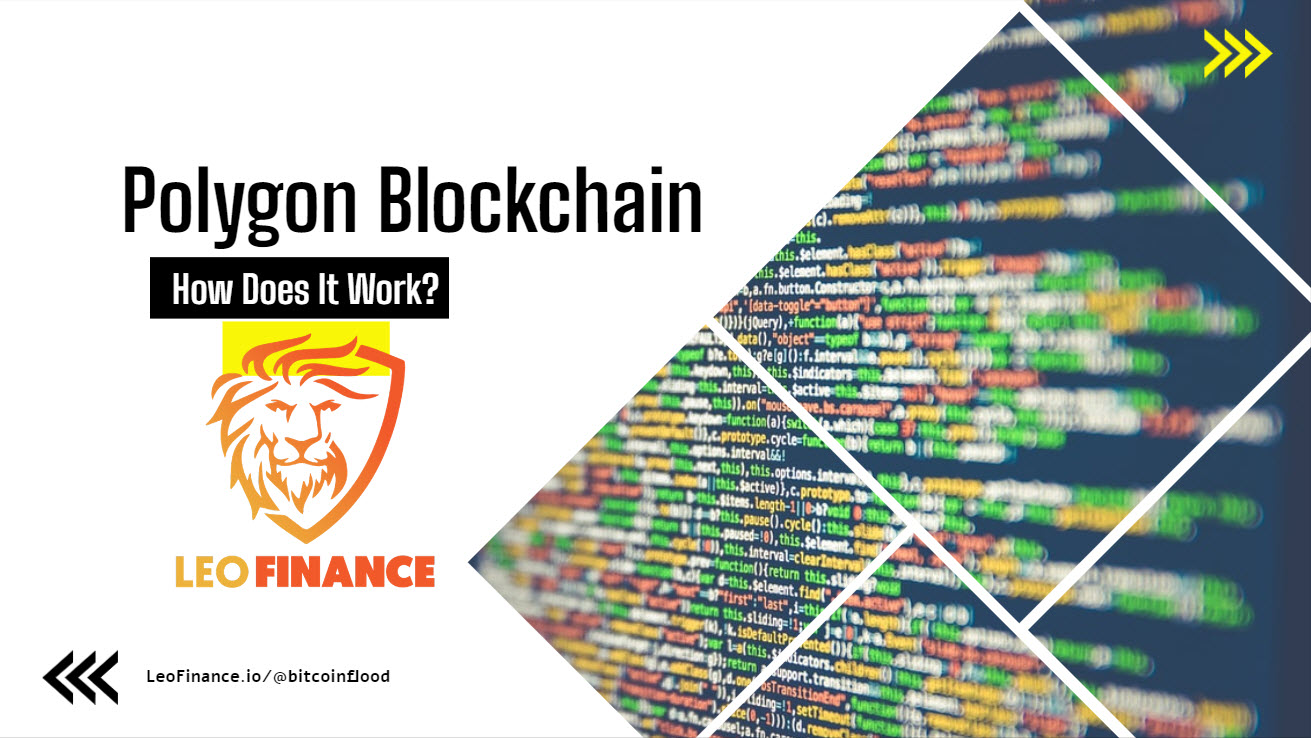
Polygon or old name Matic got a lot of publicity a few weeks back when it was confirmed that Mark Cuban was a heavy investor in it and was building dapps to run off of the platform.
Since then we have seen the price slump even before the rest of the markets took a nose dive. Where are we at today?
A rather wild and volatile mess honestly.
Polygon as of the last 24 hours is down 9.7% and up 1.4% in the last hour as the markets are starting to ramp back up again. It puts it as one of the decent moved coins but not upwards of 2%+ like others who have a larger market cap above it.
But what exactly is Polygon? Is the hype real? or is it just fizzled out hype?

Polygon is what's considered a Layer 2, rollups, sidechain, commit-chains or plasma chain it goes by many names but most common is the layer 2. It's goal is to piggy back off the main blockchain but offer a faster and less expensive method to make transaction before pushing it on to the main Ethereum blockchain.
Chains like this as of right now or highly counting on Ethereums fees and speeds to remain high as more dapps and transactions take place on the network. We saw this over the course of the last few months and while transaction fees are now down to the $3 - $5 range it's still expensive in terms of small transactions that need to take place or moving some funds. Those $3 - $5 fees can quickly start to pile up in platforms such as DeFi as well where multiple transactions are often needed.
With Ethereum the miners process transactions that are broadcasted by users of the network and currently runs on a Proof of Work network. It will be moving to a PoS system within the next year maybe even as soon as 6 months.
Polygon already works on a PoS network however it uses what are called validators. They have one mission process and secure the network. To be a validator you need MATIC tokens that have staking management contracts within the Ethereum main net. Rewards are distributed to all stacker in proportion to the stake at every checkpoint.
This system creates what's known as a bridge or bridging the network. Matic tokens are minted on the Ethereum network and the corresponding tokens are minted on Polygon PoS network. This creates the bridge between the two networks and allows contracts to be passed through. The downside of this is when the tokens are burned on Polygon it needs to trigger a signal back to the Ethereum network to show they have been burned.
This brings up validators again and how the network works. As long as 2/3 two thirds of the validators confirm the transaction is true the network will continue to move on forward. If something were to happen the scenario comes up in which the chain can stop or reorder. It can do this by older snapshots that are constantly taken of the network every time it passes through a PoS checkpoint.
It's important to note that Polygon is still rather new and it's main testing has yet to really come to be. These chains can constantly be added to the Ethereum network however they heavily rely on the validators. It's possible to the network to scale to millions of transactions a second while still operating side by side with Ethereum.

Takeaways
- Polygon is still rather new and for the most part highly untested in bulk in the field
- It's point of failure are validators where if 2/3 agree the chain moves forward if they don't the chain stops and uses snapshots to move back to a working phase.
- At the moment it solely relies on Ethereum fees being high and slow through put. If Ethereum fixes these issues or it becomes not an issue later the network will see far reduced demand.
- It is a PoS network that connects to the Ethereum blockchain to pass data back and forth.
- Offers scalability to millions of transactions a second on chain and only doing periodic sends to the Ethereum chain.

Is it just hype?
For me it is. Sure it can process transactions faster and cheaper but you still have to talk back to the Ethereum network and those fees have to be charged somewhere. Without Ethereum the chain becomes nothing. Without high fees or slow speeds the chain becomes nothing.
For be it's a possible temporary solution but doesn't really bring anything new to the table. It's much like Polkadot. Polkadot has seen scaling transactions since it was introduced but these spikes only seem to come around when fees are upwards of $10 or more. Otherwise the networks don't get hammered as much.
Could it be a use case issue as of right now on these two networks?
It's very possible as not many platforms currently use them. If they can roll out fast enough I believe they stand a chance at not only scaling Ethereum but scaling the entire crypto space with faster and cheaper transactions again.
Posted Using LeoFinance Beta